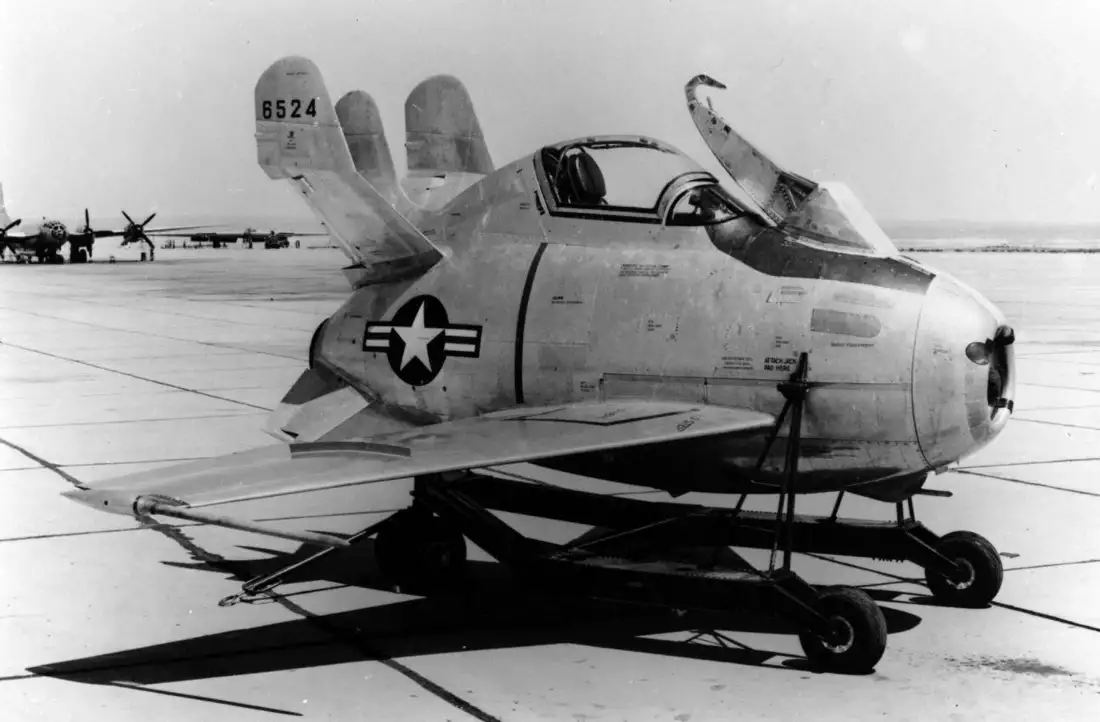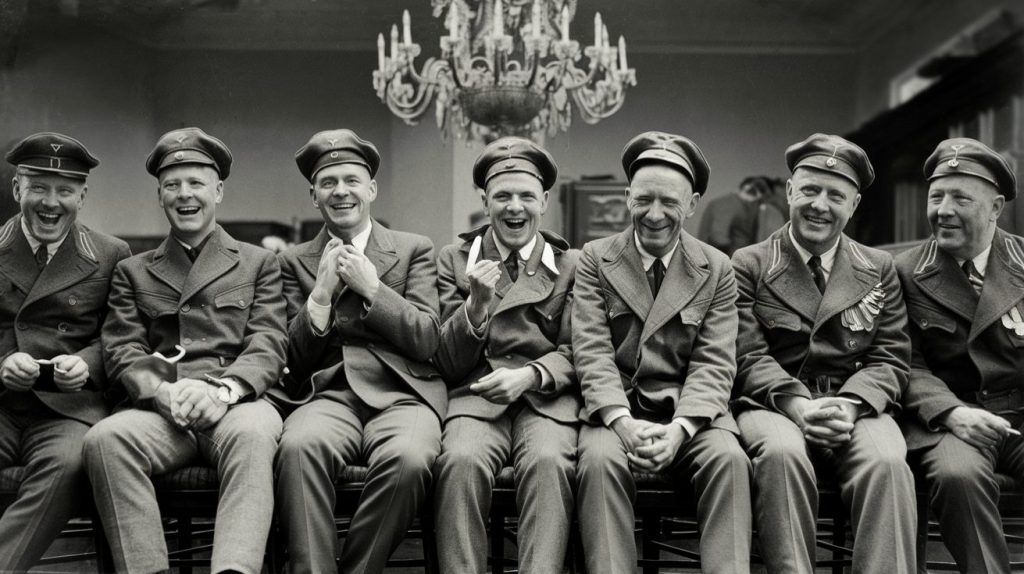 he term ‘Parasite Fighter’ was first conceived with the development of the XF-85 Goblin, which based on the name, was produced by McDonnell Aircraft Corporation. This famous company conceived most of the military aircraft used in the Second World War by the US army. At first glance, you would most likely say that the picture you are observing above is pushed into as the plane looks to be too round for any efficient aerodynamics however, this is the true representation of the aircraft from 1938.
he term ‘Parasite Fighter’ was first conceived with the development of the XF-85 Goblin, which based on the name, was produced by McDonnell Aircraft Corporation. This famous company conceived most of the military aircraft used in the Second World War by the US army. At first glance, you would most likely say that the picture you are observing above is pushed into as the plane looks to be too round for any efficient aerodynamics however, this is the true representation of the aircraft from 1938.
Also nicknamed the Goblin due to its unique shape. You would also be surprised to hear that this small aircraft actually has a turbojet engine implemented, to be more exact a J34 Westinghouse which was ahead of its time. As it was very lightweight for a jet fighter with a total weight of 1.7 tonnes,(plus the efficiency of the turbojet engine), the planned top speed was of 1,069 kilometers an hour.
The aircraft was developed with the idea of deploying a quick counter to enemy fighters coming after friendly bombers by deploying the XF-85 to assist in the protection of friendly bombers. This is the main reason why the plan has been built in this unique shape as well as a small size. The aircraft was also designed based on the bomb bay of a Boeing XB-38 flying fortress as it was big enough and a pretty common bomber used towards the end of the Second World War.

Another reason why the XB-38 was chosen as a sort of carrier for the parasite fighter was because of its powerful Allison V-17 10–97 turbo supercharged V12 engines, which developed more than 1400 horsepower per engine. This was more than enough to carry the Goblin jet fighter and maintain a good speed whilst climbing to a high altitude. At the same time, the developers of the XF-85 wanted also to create a system in which the bomber could retract the jet fighter back into the bomb bay mid-flight.
The development and production of the plane have taken a very long time as the resources were concentrated in other departments which were more important as they would be winning the Second World War. At the same time, most of the experienced fighters were on the battlefield, and by the end of the Second World War, there were only a handful of pilots trained to fly a jet plane as it was still a new technology in 1945.
After the war, the project was back in action, and by 1946 the first XF-85 was produced. An XB-38 was also taken in pristine condition and upgraded to a special system that can launch the jet fighter and receive back when it has finished its job. Reports from experienced fighters that have flown the XF-85 said that the retrieval process was impractical, and therefore a second prototype was built with gears in order to actually land the jetfighter.

By 1948, a second prototype was built, which did not see many performance-enhancing changes. The same four 12.7mm browning machine guns were kept as well as the same turbojet engine. Sadly, with the presentation of other military projects presented to the board, the XF-85 was canceled and has never seen mass production or combat. Many aero engineers still admire the wonderful design of this great jet fighter, which even if it has not proven its capabilities in combat it still is seen as ahead of its time.
Many historians argue that the Americans did not proclaim the idea of a parasite fighter as the Germans tried to do something similar with the Messerschmitt Me 163 Komet, which was a rocket-powered fighter produced in 1939. This design has seen the same problem as the XF-85 Goblin, which was an engine that was burning fuel too quickly, only giving it 1 hour of flight time at best.
Avid Writer with invaluable knowledge of Humanity!
Upcoming historian with over 30 million views online.
“You make your own life.”






